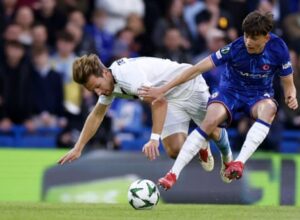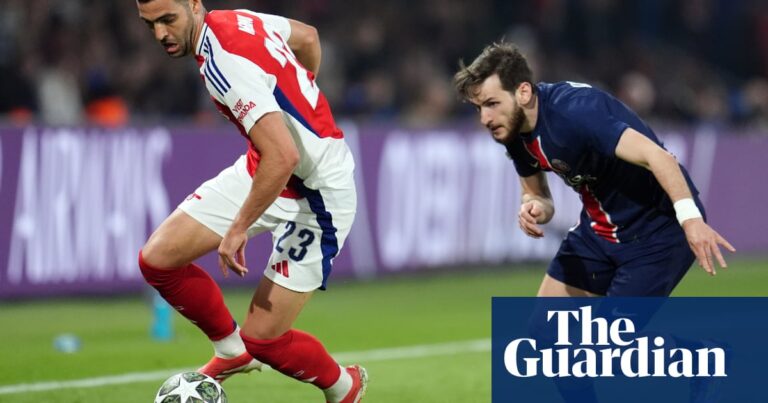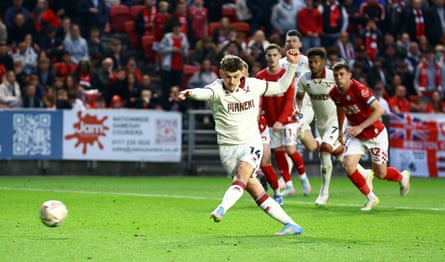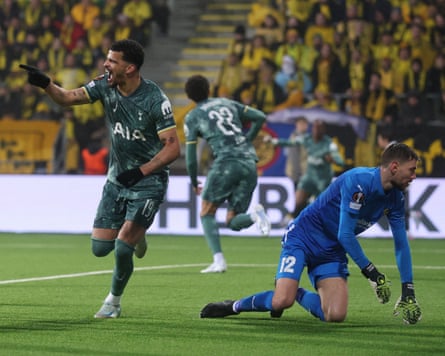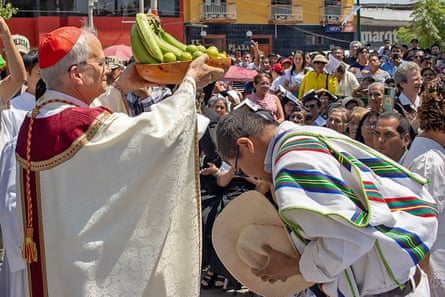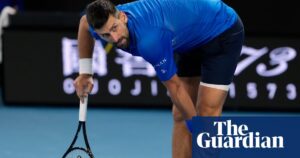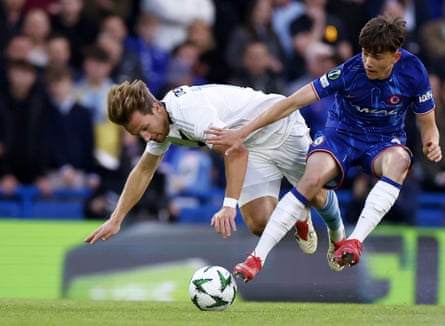When the gunslinger takes a bullet, the movie tends to quicken. A shootout goes awry, the drama builds. Their stomach bloody. Their eyes blinking new resolve. The thoughts of the audience turn only to how long they can last. This cinematic masterpiece was no exception. On Tuesday Novak Djokovic enjoyed top billing, back for another tilt long after doubters thought he was done. And the sheriff-slash-outlaw prevailed in a remarkable quarter-final pitting youth versus experience, then against now, present fighting future.
But this was no spaghetti western lazy on trope, available for free in a streamer’s back catalogue, passable on a rainy Sunday night. Carlos Alcaraz trying to retire a wounded Djokovic was can’t-look-away entertainment, a summer blockbuster, a tennis marvel with a twist.
More accurately, it appeared to be a strain of the upper groin. When the 37-year-old Djokovic stretched awkwardly in the first set, he immediately appeared in pain. Soon afterwards, racing in to pick up another torturous Alcaraz drop shot, his face said it all. On his haunches, he grimaced and shook his head as he looked towards his box.
When he went off for a medical timeout before the first set was done, this contest seemed over. How could yesterday’s hero, robbed of one leg, match the physical specimen Alcaraz, whose biceps and teeth glistened on a cool summer eve? Djokovic walked back out gingerly, a white bandage peeping out from below his shorts.
Just as Clint Eastwood might, Djokovic started shooting from the hip. The speed of his serve and groundstrokes spiked. As if he knew he might bleed out, he needed to quickly settle the score. A dangerous man, now with nothing to lose.
Beyond the two headliners the evening offered an ensemble cast. There in the corner was the other half of the Djokovic odd couple. Andy Murray was wearing a hoodie like he had just come back to pick up the milk. Above him in the stands were Djokovic’s wife, Jelena, and children. But a plot by the broadcaster to monitor their reactions was foiled when a member of his party covered the closeup camera with what appeared to be a sock.
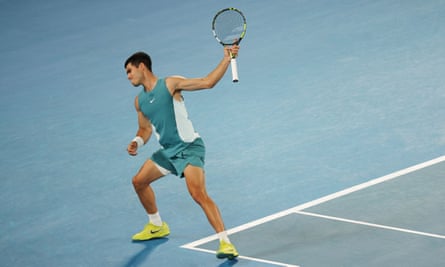
There was comedy from the larrikin home crowd, interrupting as often as they could get away with. “Come on Rafa,” was their finest retort. There was slapstick, including one fourth-set miscue from Alcaraz that seemed destined for the roof and even left him laughing. There was even a squirt of bird poo, cleaned up by a ball kid with towels.
Most of all there was suspense. One 33-shot rally in the fourth set deserved its own spin-off if the crowd reaction was anything to go by. In the 15,000-seat arena, there were barely a thousand empty seats, even as the clock ticked towards 1am. Outside, there were thousands more on beanbags and chairs watching on the precinct’s big screen. This was as memorable a night as Melbourne Park has seen.
Some will say there was acting, too. Djokovic, as he did against Tomas Machac in the third round – and as he has seemed to do in the past – recovered remarkably quickly from an ailment. Alcaraz was rattled, never found a rhythm and after the third set he appeared to feign an injury in a performance directed towards his team.
after newsletter promotion
Until the next episode, Djokovic’s semi-final performance on Friday against Alexander Zverev, nobody will know just how serious the injury is.
But this production was ultimately a Djokovic vehicle, with historic implications. He is now two victories from an unlikely 11th Australian Open, a 25th grand slam. More than that, he has shown he remains as good as any of the so-called next generation, even when he is on, as he described afterwards, one and a half legs.
The Serb has been in the headlines after he refused an on-court interview in the previous round. That matter was settled and he willingly spoke after this match. He remains a magnet for controversy and catalyst for drama. Above all, he remains a spectacular entertainer, a man worthy of centre stage.
On nights like these, the void of his imminent retirement feels significant. After Djokovic, others will come. But sequels are rarely as good.
Source: theguardian.com







